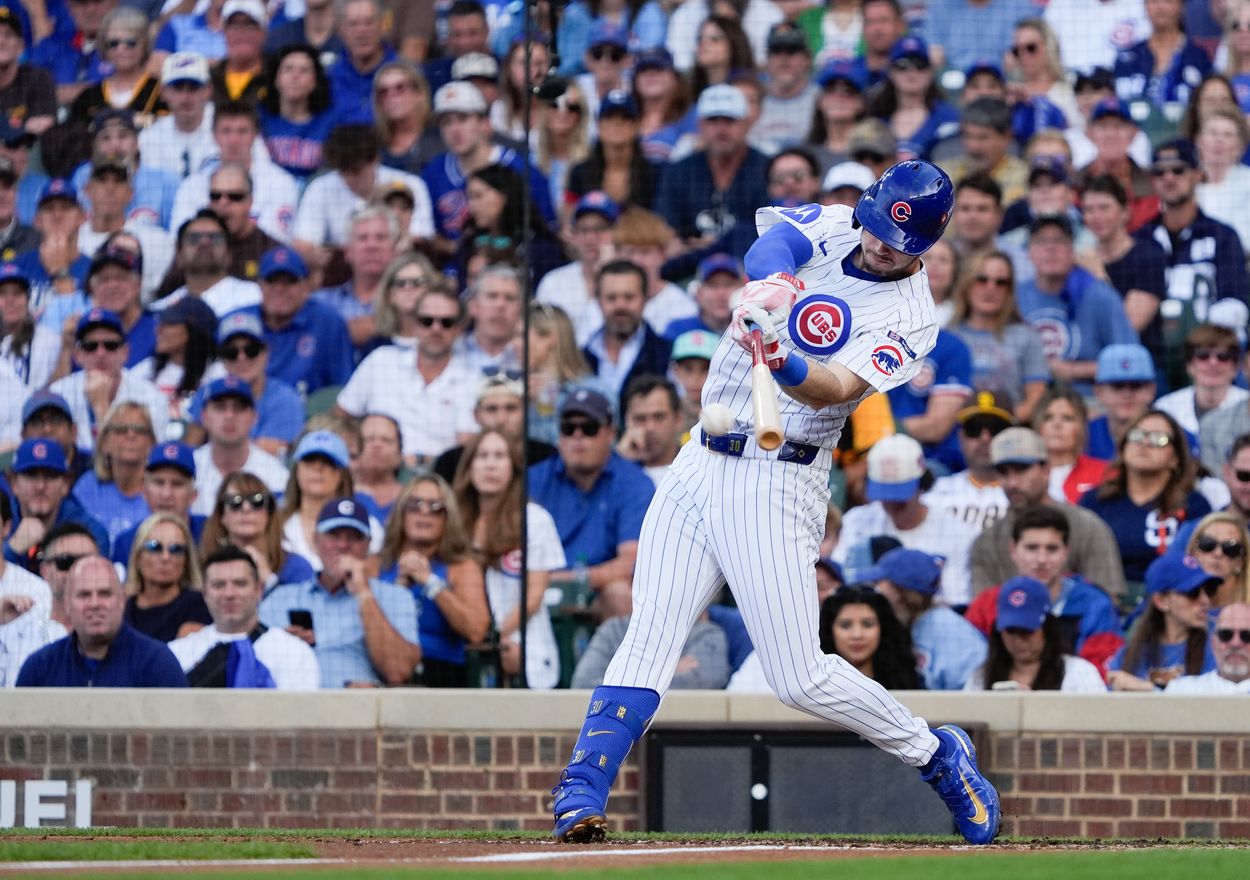
The New York Yankees are heading into another pivotal offseason, and the front office’s next move could define the next half-decade of baseball in the Bronx. With Cody Bellinger opting out of his $25 million player option and star slugger Kyle Tucker expected to command more than $300 million in free agency, Brian Cashman faces a clear dilemma — chase another megadeal or double down on balance.
As tempting as Tucker’s consistency might be, the smarter long-term play for the Yankees is to extend Bellinger and use the financial flexibility to strengthen the roster elsewhere.
We’ve seen this story unfold once before. Investing big on one player or spreading out the wealth to several worthwhile pieces.

Bellinger’s two-way impact gives the Yankees flexibility
Bellinger’s value goes well beyond his stat line. In 2025, the 30-year-old played 152 games for the Yankees after arriving from the Chicago Cubs, hitting .272 with a .334 on-base percentage and a .480 slugging rate. He added 29 home runs, 98 RBIs, and a 125 wRC+, numbers that made him one of the most consistent bats in the lineup after the departure of Juan Soto.
Defensively, Bellinger’s impact was enormous. He posted a .990 fielding percentage across 1,295 innings in the outfield, along with 12 defensive runs saved and six outs above average. Those numbers put him among the most valuable defensive outfielders in baseball. The Yankees also used him at first base in stretches, and his ability to seamlessly shift between positions allowed Aaron Boone to manage the lineup with flexibility — a luxury most teams don’t have.
Bellinger’s glove gives the Yankees options. Whether he’s holding down center field, patrolling left, or filling in at first, he’s a stabilizing presence defensively.
Why Tucker’s price doesn’t fit the Yankees’ roster
Kyle Tucker is a star — there’s no denying that. Even in a “down” season, the 28-year-old posted a .266/.377/.464 slash line with 22 home runs and 73 RBIs, good for a 136 wRC+. He’s one of the few players in baseball who walks more than he strikes out, a testament to his elite plate discipline.
But Tucker’s next deal is projected to exceed $300 million — nearly double what Bellinger is expected to receive. While Tucker is younger and more consistent offensively, the gap between him and Bellinger in terms of overall production isn’t wide enough to justify that kind of financial leap, especially for a Yankees team already bumping against the upper luxury tax thresholds.

Building depth instead of top-heaviness
If the Yankees re-sign Bellinger in the $150 million range instead of spending $300 million on Tucker, they could spread the savings across several key areas of need. The bullpen, for instance, could use reinforcements with several key pieces like Devin Williams and Luke Weaver heading to free agency. Adding another dependable late-inning arm could prevent the bullpen fatigue that’s plagued the Yankees the past few years.
They could also target another versatile infielder or a quality defensive outfielder to replace Trent Grisham, who’s set to hit free agency. Upgrading depth across the roster instead of pouring resources into one player would make the Yankees more resilient — something that’s been missing in recent seasons when injuries hit.
A practical star for a team seeking balance
Bellinger fits the Yankees’ current timeline and needs. He’s a proven performer in New York, a fan favorite, and one of the few players who combines power, defense, and leadership at a premium position. His volatility earlier in his career is a fair concern, but his last two seasons show a player who’s matured into consistency.
Kyle Tucker might offer the flashier headline, but Cody Bellinger offers the smarter foundation. Extending him at a reasonable cost allows the Yankees to stay competitive now and flexible later — a rare balance that could finally help them get back to where they’ve been trying to go for years.
